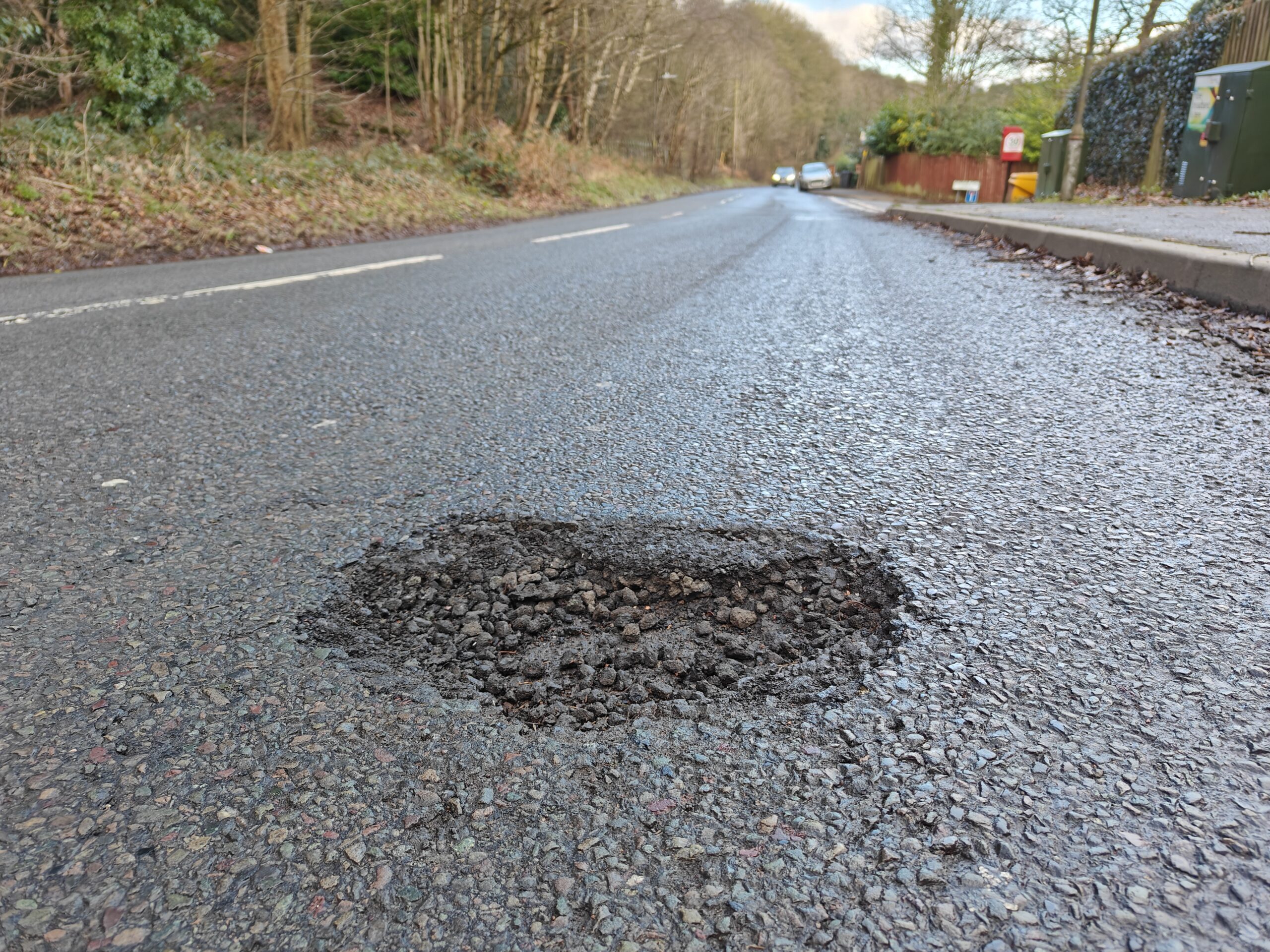By: Simon Michell – Valvoline technical account manager
Getting VM approval is a really big deal for lubricant blenders. Being able to display the relevant number on the packaging and be relied on in the event of a warranty claim is something for which they are rightly proud.

However, VM specifications are constantly evolving. Vehicle producers are wrestling with the twin pressures of designing engines with lower emissions and better fuel consumption. This is the prime reason for the slew of new oil specifications, like Volvo RBSO 2AE and BMW LL-17FE.
An engine oil must undergo an exhaustive testing procedure to achieve this highest level of car manufacturer approval. This rigorous process is based on the European ACEA sequence (or the American API equivalent) but with a high level of enhancements. It is this raft of additional car manufacturer-specific tests that make car makers’ specifications unique.
Here’s an example from the Valvoline oil specification sheet for the SynPower 5W-30 C3. It clearly shows the manufacturer warranty approval for BMW, General Motors, Mercedes Benz and VW.

Is the testing process for manufacturer-approved oil really that rigorous?
In a nutshell, yes. It’s a significant time and money investment. The oil company must send a substantial quantity of the chosen oil to the car manufacturer or an approved OEM testing laboratory that may have been involved in the original oil research with the car maker.
The car manufacturer then tests the living daylights out of the oil supplied. They test everything! There really is no room for failure. It’s a simple pass or fail – the oil is either good enough or not.
When the engine was being developed, the chemists and engineers from the car manufacturer and the oil company would have collaborated to achieve critical criteria regarding engine wear, protection, fuel economy and emissions. Their objective would have been to create a very specific and balanced additive pack and carefully chosen base oils to blend an oil for a particular engine. The same approach applies to transmission oils.
It’s not only the additives that are carefully prescribed and monitored. In modern oils, at the insistence of the car makers, there is often a percentage of expensive Group IV (PAO) base oil. (polyalphaolefin). This is part of the reason manufacturer warranty-approved engine oils are more expensive.
There are no shortcuts or cheaper alternatives when it comes to manufacturer-approved oil. Only the best will pass the test.
The new generation of 0W-20 oils is likely to be based on Group IV (PAO) base oil to ensure complete protection in the harsh environment of the modern car engine. Heat, wear, reducing oil oxidation and deposits are the big challenges in modern engine oils. Without Group IV (PAO) base oil, the SAE low-temperature requirements cannot be met. This is the 0W part of the 0W-20 oil viscosity specification.
There are two SAE cold start tests, the first of which is to ascertain if the starter motor turn the engine over quickly enough to start the engine. This is tested using a Cold Cranking Simulator (CCS). The second is known as the Mini-Rotary Viscometer test (MRV) and is used to test if the oil pump can push the relatively thick cold engine oil around the engine to ensure quick protection of the moving parts.
These tests determine the SAE cold start number, 0W, 5W, 10W, 15W, 20W etc. Lower viscosity oils – the 0W – are increasingly popular as they deliver better fuel efficiency and lower CO2 emissions.
Popularity – or proliferation? At my last count, there were already ten 0W-20 oil for modern cars, all with different manufacturer specifications. So, take care to ensure you select the correct 0W-20 oil. Using a registration lookup (like Valvoline’s oil registration lookup) makes life a whole lot easier, helping you ensure you use the right oil in the correct car.
Are car manufacturer oil specifications more demanding than ACEA/API/ILSAC standards?
In a word – yes! The tests for modern oils may be based on the latest ACEA/API/ILSAC specifications, also referred to as industry standards. It is the additional, highly demanding car manufacturer in-house tests that are the deciding factor if an oil will achieve manufacturer warranty-approved status. Manufacturer specifications are also unique. For example, GM dexos2™ has been available for many years. It is a very different formulation from the new GM dexos 1 Gen 2.
What are the enhanced manufacturer oil tests?
With the latest generation of 0W-20 oils, laboratories will take a good hard look at things like timing chain wear, turbocharger deposits and valve chain wear. Their extensive tests will answer questions like can the oil combat oxidation that leads to sludge? How does it prevent LSPI (Low Speed Pre Ignition) that can cause extensive damage in direct injection petrol engines? Plus, a multitude of other very specific tests relating to the engine characteristics.
Certain engines have their timing belt immersed in oil (BIO). These engines definitely value high-performance oil to ensure the belt doesn’t deteriorate, especially the smooth backside of the belt. The belt fibres can detach themselves and prematurely block the oil filter, leading to catastrophe within the engine.
There is a raft of other exhaustive tests to ensure the oil is fit for purpose, and the car manufacturer is happy to give their seal of approval.
What about how an oil performs during the drain interval?
An oil might perform perfectly as you pour it out of the bottle. But can you rely on that performance to last during everyday motoring? Valvoline goes a step further and guarantees the oil will stay in grade for the entire drain interval. This means the oil will not fall out of its viscosity range during its life. It will not thin down due to additive depletion or shear back. Equally, the oil will resist oxidation challenges when it can thicken. The performance additive pack continues to deliver full performance and protection right up to when the drain plug is removed at oil change time.
What is a “duty cycle”, and why is it important?
Drain intervals vary for modern cars from 10,000 miles to 24,000 miles or more. Car manufacturers must be mindful of how an oil performs under what is known as the duty cycle. This is the term used to describe the demands put upon an engine when in normal use. An inner-city taxi has a very different duty cycle than a company car driver on a clear, open motorway.
Not all car makers insist on an approval process. The Japanese, South Korean and Chinese car makers tend only to use the European ACEA or the USA API standard. There is a third standard called ILSAC. Modern 2022 cars from Asia may request the requirements of the ILSAC GF-6A or GF-6B standard.
What is additive depletion, and how does it affect the second half of the oil drain interval?
Whatever the car manufacturer has stipulated regarding the oil’s chemistry, protection and performance, manufacturer warranty-approved oil must perform to the same high level for the entire oil drain interval.
One stringent test the oil is subjected to is the additives’ ability to perform throughout the complete oil service change interval and stay in grade and specification. The additive pack can be around 12% of the total volume of the oil, so it’s a significant part.
The issue is that performance additives can deplete during use, known as additive depletion. This means that the additive loses its effectiveness as the engine oil gets older in the second half of the drain interval.
It is relatively easy to formulate an oil to last 5,000 miles. It is much more challenging to ensure that the oil is still delivering full performance and protection at whatever drain interval the car manufacturer has stipulated, which can be up to 24,000 miles for modern vehicles. It’s like fielding a football team that is exhausted by halftime, in other words a recipe for disaster!
One clear indicator that the oil is deteriorating fast is when the TBN (Total Base Number) value drops below the TAN (Total Acid Number) value. This indicates that the oil has lost its ability to neutralise acids formed during the combustion process. A poor or challenging duty cycle can substantially increase this process.
The TBN number determines the effectiveness of the battle against any acids formed during the combustion process. Strong TBN retention is a good thing. A higher TBN means the oil has more reserve alkalinity available, which can be used to reduce the corrosive effects of acids. But this is not the whole story. The TBN must be optimised, strong and matched to the ACEA and OEM’s requirements.
What are the enhanced manufacturer oil tests?
With the latest generation of 0W-20 oils, laboratories will take a good hard look at things like timing chain wear, turbocharger deposits and valve chain wear. These extensive tests will investigate if the oil combat oxidation that leads to sludge and if it can prevent LSPI (Low Speed Pre Ignition) issues that can cause extensive damage in direct injection petrol engines among a multitude of other very specific tests relating to the engine characteristics.
The TAN number is the opposite. It demonstrates how acidic the oil has become – which is bad if not controlled. Again, the acidity rise is linked to the fuel used and the driving cycle. Harder driving and poor duty cycles increase the TAN rise and give the oil a more difficult challenge to protect the engine.
If the TBN number drops significantly, it can be assumed that the oil has lost its ability to neutralise acids formed during the combustion process. The oil becomes dreadfully acidic. This can lead to oxidation and sludge formation – which is not healthy for the engine.
So, to answer the question posed in the headline of the article; Yes. VM-approved oil may cost a little more for the engineering benefits and peace of mind it brings, but ultimately it’s worth the premium that your customer will pay.











Go to comments